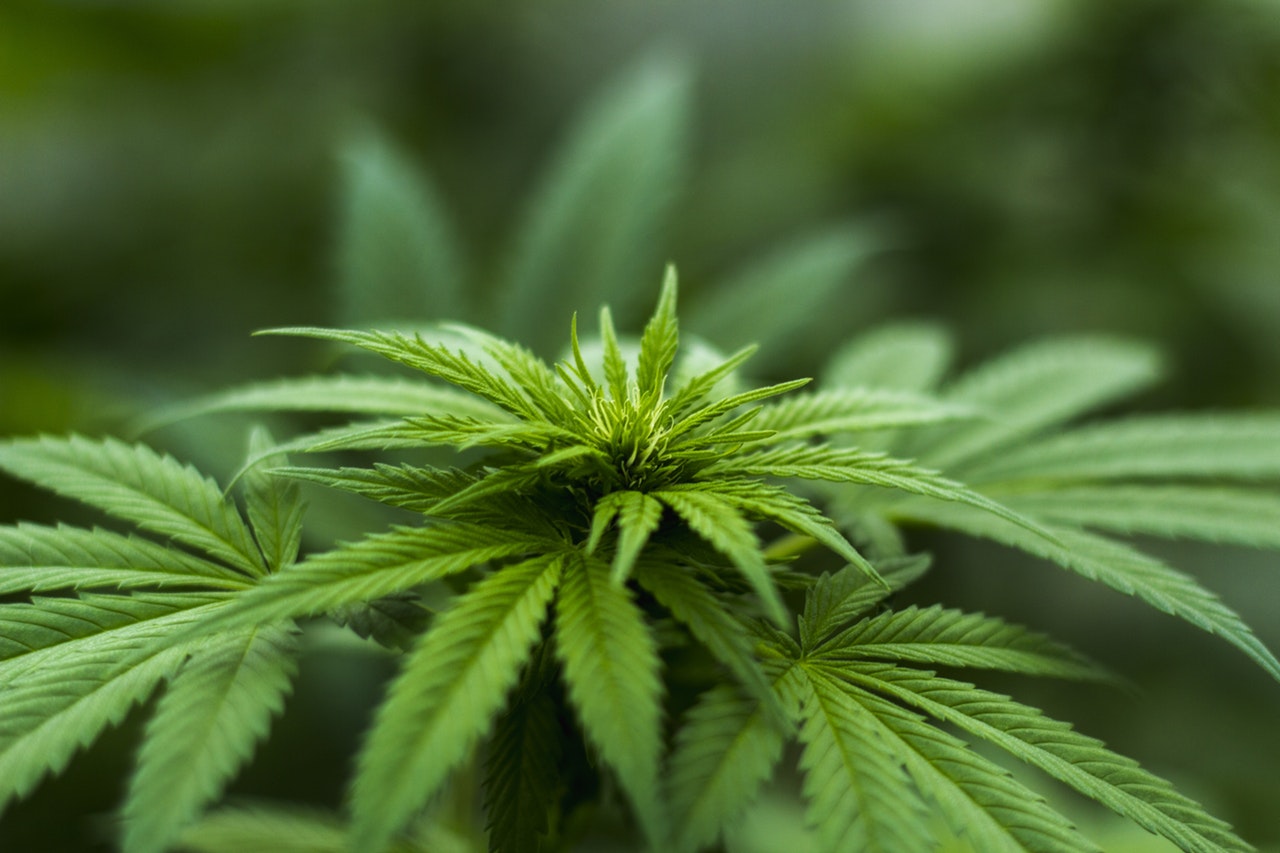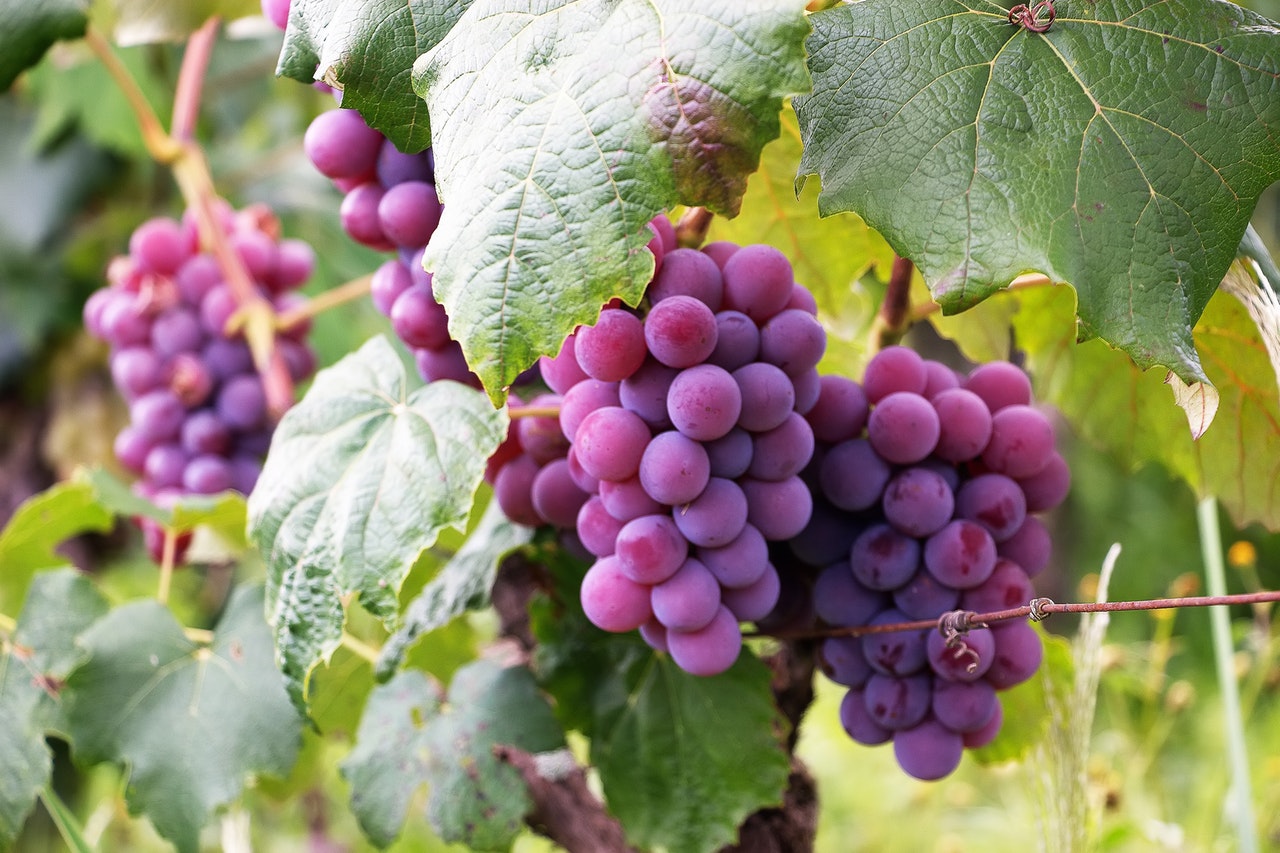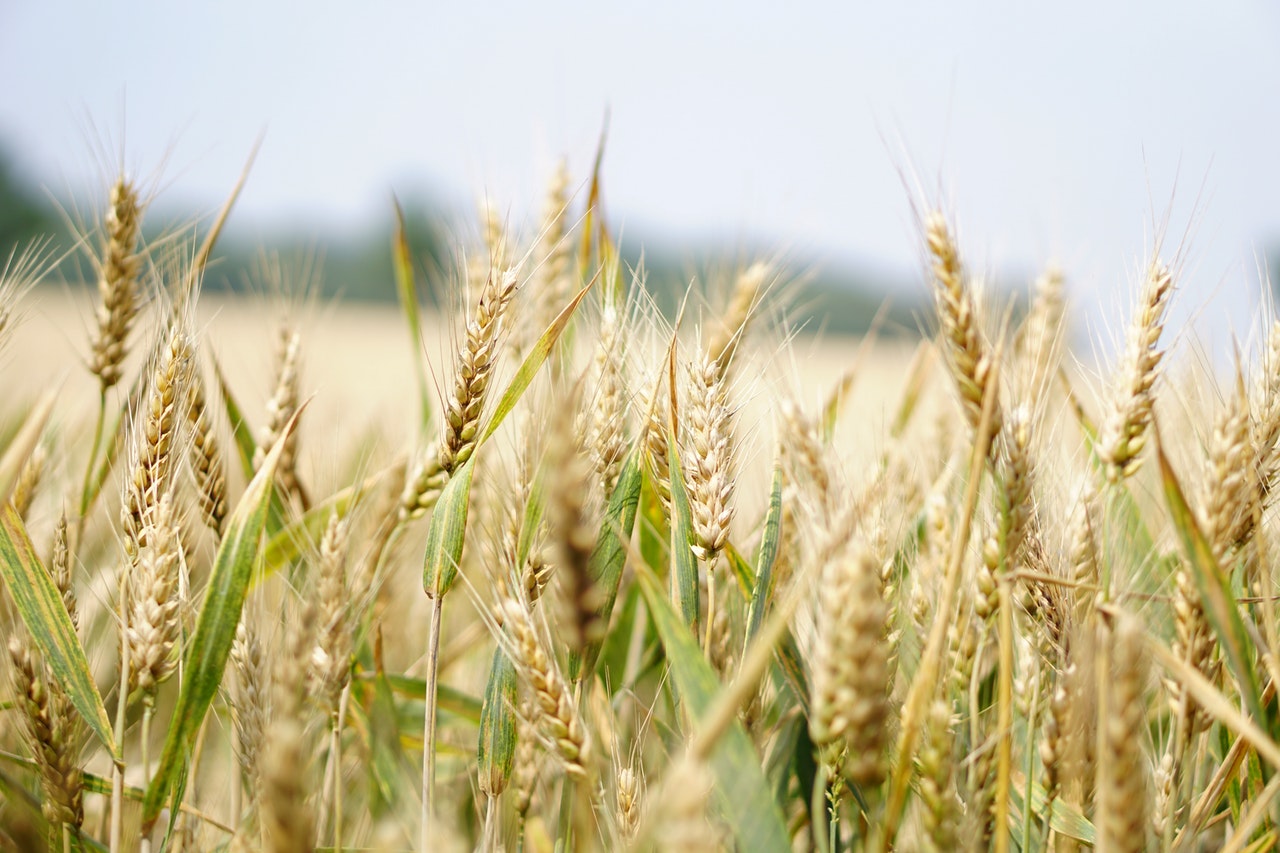By Holloway Ag
With 2020 firmly in the rear-view mirror, many people wonder if 2021 will be like a bad hangover or a breath of fresh air. While only time will tell, there are some hypotheses in the Central Valley agricultural community for what to expect from the growing season this year.
The Interest in Growing Hemp Continues
 In the San Joaquin Valley, there are primarily orchards and vineyards, with row crops like corn and wheat in the mix. While these crops are a staple of the area, in 2020 and into 2021 there has been a tremendous interest in raising hemp. It is a relatively new crop and there are a lot of unknowns because it is an emerging market. But the rewards can be significant. To grow hemp, it has to test less than .03 percent THC. If there is more than the regulated amount of THC, it is deemed “hot” and falls into a whole other category.
In the San Joaquin Valley, there are primarily orchards and vineyards, with row crops like corn and wheat in the mix. While these crops are a staple of the area, in 2020 and into 2021 there has been a tremendous interest in raising hemp. It is a relatively new crop and there are a lot of unknowns because it is an emerging market. But the rewards can be significant. To grow hemp, it has to test less than .03 percent THC. If there is more than the regulated amount of THC, it is deemed “hot” and falls into a whole other category.
“The crop that has the most buzz right now is hemp,” Steve Lenander, Holloway Ag’s Director of Agronomy explains, “but it’s a huge wildcard. You hear stories of some growers losing millions in one field and another making $10 million. It is such an unproven market that it is scary, but at the same time, lifts an eyebrow of interest.”
The hemp markets keep growing and developing new avenues. This is predicted to only increase in 2021. Hemp can be sold as flowers, seeds, fibers, etc. and it can all be sold to producers for everything from lotions to handbags.
Hemp is a crop just like cotton or carrots. It is a commodity and does not have the federal regulations that growing cannabis does. Steve credits its popularity and curiosity to its newness. The Valley is so consumed by orchards and vines, that hemp offers an alternative crop commodity with the prospect of profitability.
“We still need to learn more about processing the hemp and end markets, but there is money there and it is a matter of all coming together,” Steve says.
As 2021 continues and the interest in growing hemp increases, Steve predicts hemp will start to be treated like any other commodity crop with regulations, supply chains and support for the growers.
“As we learn more it will be less stigmatized,” Steve says. “We will figure out rules and regs, learning how we grow a big crop and make it successful.”
Water Resources in 2021
The foreseeable forecast continues the trend of drought in the Valley. The hope is that there are still a few more winter storms to help build the snowpack and subsequent runoff, and that we get a wet spring. Growers know the power of water and will do everything possible to utilize every drop. This includes improved irrigation systems and using amendments like gypsum, sulfur and lime to make all water work even harder.
Crops like almonds are pretty thirsty when they are in a mass production environment. To produce three thousand pounds an acre, a grower needs to use three to four acre feet of water. Other crops that produce more in the summer, like trees and vines, need more water during the hottest part of the year, putting further strain on resources. This is just a reality of growing in an arid and dry climate.
 For perennial crops like orchards and vines, plan on reserving a section of your acreage to hold banked water that can be used throughout the growing season, especially in the hottest months. Even though you are taking acreage out of production for water storage, it can be an insurance policy. You can take back about 90 percent of the water you bank for the growing season when it is hotter and dryer.
For perennial crops like orchards and vines, plan on reserving a section of your acreage to hold banked water that can be used throughout the growing season, especially in the hottest months. Even though you are taking acreage out of production for water storage, it can be an insurance policy. You can take back about 90 percent of the water you bank for the growing season when it is hotter and dryer.
“With May through June being our big production months, it is a good idea to bank water in the winter when the reservoirs fill up, or when the spring rains come, because you can get it for next to nothing or free and use it later,” Steve advises.
The whole San Joaquin Valley has separate water districts depending on where you farm. Kern county farmers get their water from Lake Isabella, for example. We rely on our damn systems but when the snowpack and water shed is low, growers are forced to pump groundwater, which is not ideal.
“In many areas pumping groundwater comes with a lot of negatives – sodium and chloride and other bad players in the water regime,” Steve cautions. “We don’t want to be in maintenance mode in 2021 – it’s not sustainable to have just enough water to keep crops alive but not thriving.”
With year after year worry about water, it’s a wonder that there is not more discussion around vertical or hydroponic farming in the Valley. Steve says that methods of farming that don’t involve acreage continue to be illusive for large production, especially on crops that need space to grow like vines and trees. However more experimentation and innovation in water-conservative farming is happening on the coasts of California and may provide new solutions in the future.
The Grape Market will Continue to Struggle
 The grape market will continue to be depressed in 2021. This started in 2017 when raisin production tanked due to Turkey surpassing California as the highest producers of raisins in the world. Reduced labor and processing costs helped Turkey triumph in this market. In 2020, it got even worse for the grape industry with the surplus of wine grapes. With restaurants and bars closing or at significantly reduced capacity, the demand was dramatically reduced. Table grapes are also down in the last couple years without much sign of recovery.
The grape market will continue to be depressed in 2021. This started in 2017 when raisin production tanked due to Turkey surpassing California as the highest producers of raisins in the world. Reduced labor and processing costs helped Turkey triumph in this market. In 2020, it got even worse for the grape industry with the surplus of wine grapes. With restaurants and bars closing or at significantly reduced capacity, the demand was dramatically reduced. Table grapes are also down in the last couple years without much sign of recovery.
“It is a really hard crop to turn because you have such a big investment into the crop itself,” Steve says. “Trees and vines have such a commitment and dollars attached that you are stuck with it. They are not like row crops which can be torn out and turned.”
Competing markets and lack of demand going into 2021 create a forecast of another hard year for vineyard operators, no matter the type of grape they are raising.
USDA Crop Forecasts for 2021
 Corn, soybeans, wheat, and cotton are the four major U.S. field crops, all of which are grown in California. According to the USDA and its first projections for 2021, a resurgent U.S. economy will grow at its fastest pace in two decades after this year’s coronavirus slowdown, helping to boost commodity prices almost across the board. Growers will harvest a record-large crop of soybeans and the crop will sell for an average $10 a bushel for the first time in seven years, thanks to strong demand.
Corn, soybeans, wheat, and cotton are the four major U.S. field crops, all of which are grown in California. According to the USDA and its first projections for 2021, a resurgent U.S. economy will grow at its fastest pace in two decades after this year’s coronavirus slowdown, helping to boost commodity prices almost across the board. Growers will harvest a record-large crop of soybeans and the crop will sell for an average $10 a bushel for the first time in seven years, thanks to strong demand.
USDA economists projected a corn crop of 14.890 billion bushels, the second-largest on record, and a record-setting 4.465 billion bushels of soybeans, both up from 2020. Wheat production could rise to 1.890 billion bushels as plantings rebound from a record low and cotton could total 16.9 million bales, with bales weighing about 480 pounds each.
Your Partner in Growth 2021 and Beyond
One thing we can predict for certain in 2021 is that Holloway Ag will continue to be your partner in growth no matter what this year throws our way. Here’s to a healthy and prosperous growing season in the Central Valley!
Join Over 800 Companies Using Holloway Today.
Or Become Part of The Holloway Group to Further Your Career.

